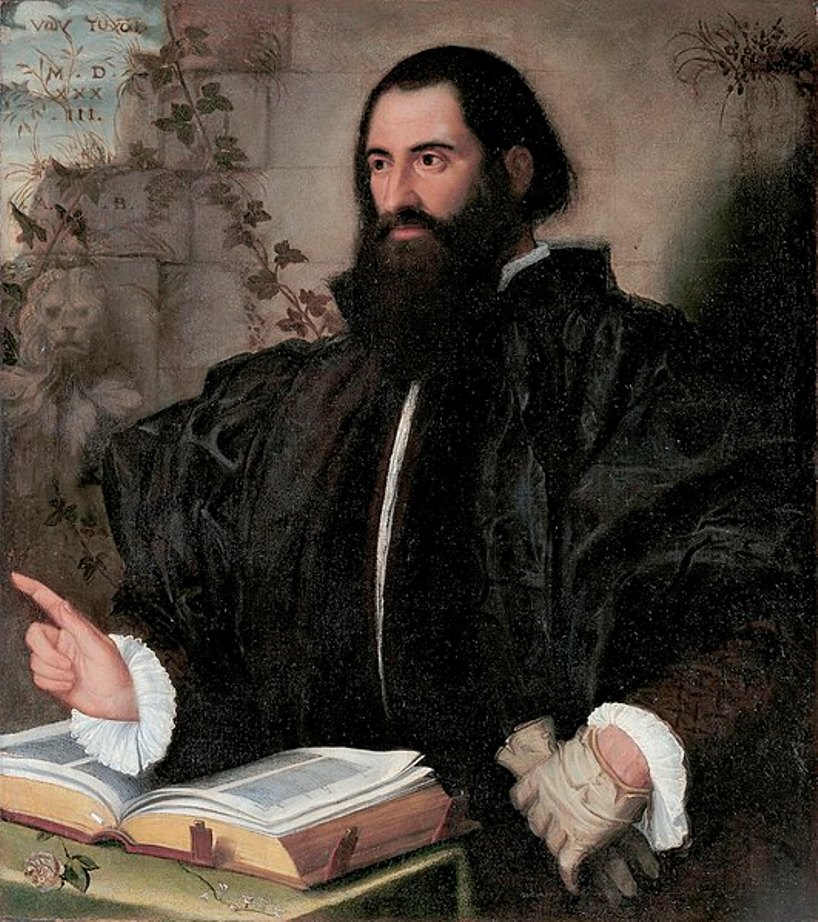german junker

Jonathan Meese is a German painter, sculptor, performance artist and installation artist based in Berlin and Hamburg. Meese's (often multi-media) works include paintings, collages, drawings and writing. He also designs theater sets and wrote and starred in a play, De Frau: Dr. Poundaddylein — Dr. Ezodysseusszeusuzur in 2007 at the Volksbühne Theater. He is mainly concerned with personalities of world history, primordial myths and heroes. Jonathan Meese lives and works in Ahrensburg and Berlin.


Christian Friedrich Freyer was a German entomologist.
According to contemporaries, Freyer was a venturesome and tireless collector of scales. He studied and first described 245 species of butterflies, including 193 species of nocturnal moths and 52 species of day butterflies. Freyer's importance as a field entomologist becomes evident from his work Die Falter um Augsburg ("Butterflies in the vicinity of Augsburg"). In it he lists 1,091 species. Freyer also created an international network between renowned European entomologists and involved them in his work.


Sigmar Polke was a German painter and photographer.
Polke experimented with a wide range of styles, subject matters and materials. In the 1970s, he concentrated on photography, returning to paint in the 1980s, when he produced abstract works created by chance through chemical reactions between paint and other products. In the last 20 years of his life, he produced paintings focused on historical events and perceptions of them.





Christian Friedrich Carl Kleemann was a German artist, entomologist, and publisher.
He is known for his work on the continuation of the voluminous work on entomology by August Johann Rösel (1740-1761). Due to ill health, Rösel was unable to complete his series, so his work was continued by his son-in-law Christian Friedrich Karl Kleemann with the help of his daughter Katharina Barbara Kleemann. The second edition as well as the 6th part of this work did not appear until after Kleemann's death under the direction of Christian Schwarz. Most of the descriptions are devoted to butterflies, but other invertebrates, such as crabs, spiders, mollusks, and polyps, are depicted in addition to insects.


Pietro Andrea Gregorio Mattioli was a 16th-century Italian physician, botanist and pharmacist.
Mattioli studied medicine in Padua and obtained a medical practice first in his hometown. Later, in the 1555-1560s, he served as personal physician to the imperial court of Ferdinand II, Archduke of Austria, and Emperor Maximilian II. This high position allowed him to test the effects of poisonous plants on prisoners for scientific purposes.
Mattioli published several scientific works in which he included many of his own observations on the flora of the Alps, including previously unexplored plants. These works, based on the study of books by predecessor scientists, gave impetus to the development of botany throughout Italy at the time. Mattioli kept up a lively correspondence with other researchers, describing specimens of rare plants received from them. The genus of flowering plants Matthiola is named after Mattioli.


Sigmar Polke was a German painter and photographer.
Polke experimented with a wide range of styles, subject matters and materials. In the 1970s, he concentrated on photography, returning to paint in the 1980s, when he produced abstract works created by chance through chemical reactions between paint and other products. In the last 20 years of his life, he produced paintings focused on historical events and perceptions of them.








































































